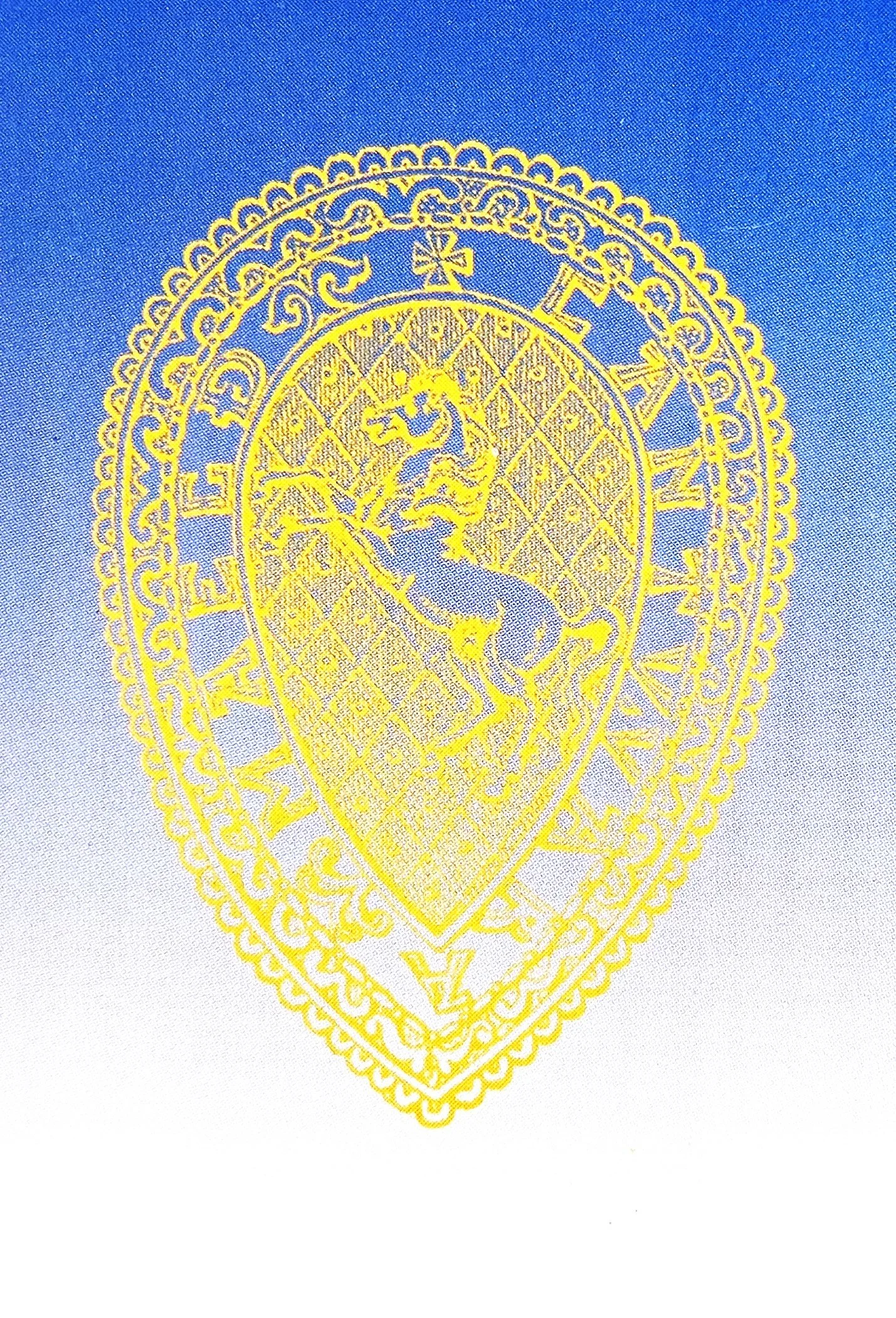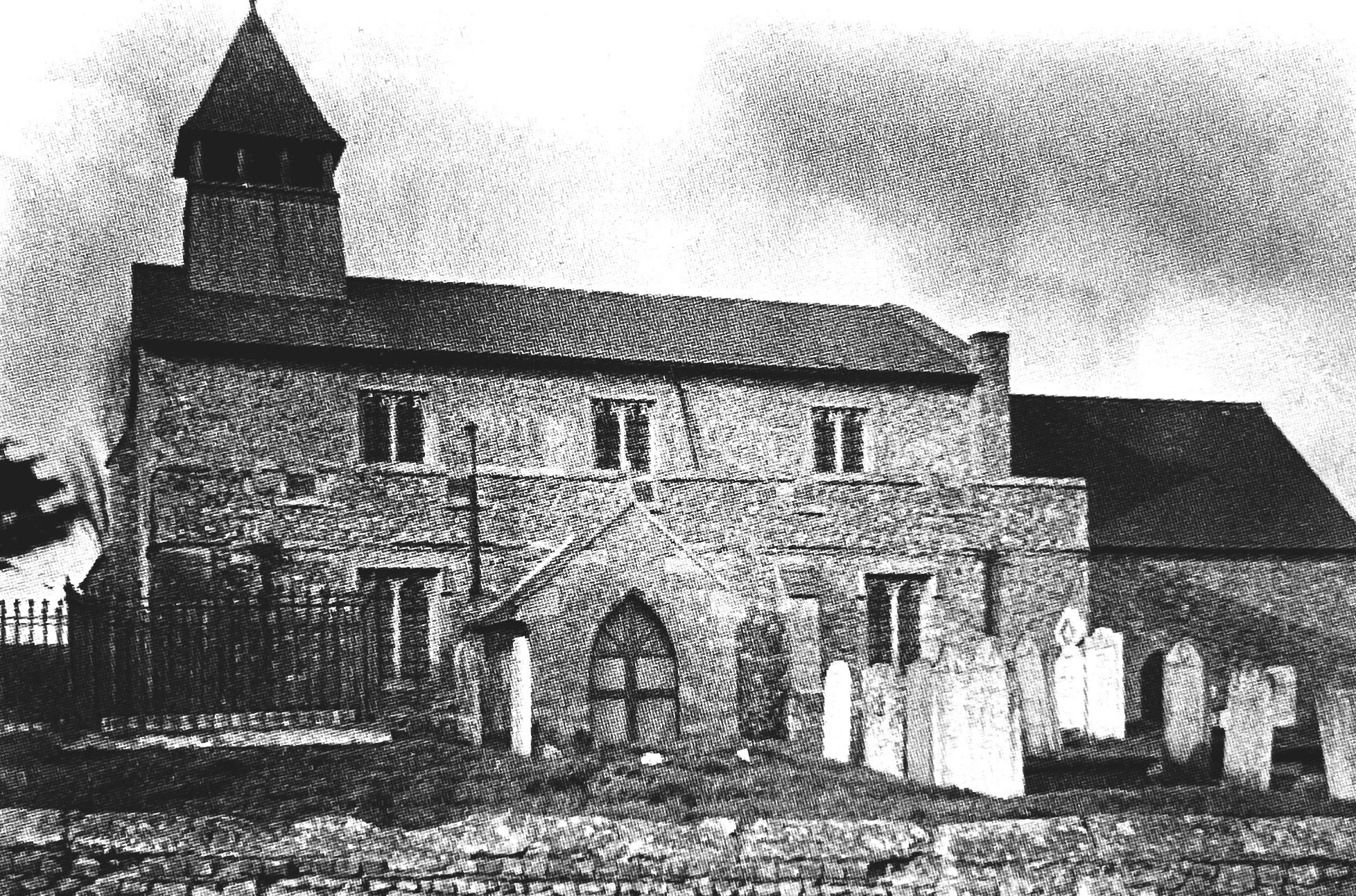Featured
Clive Meaton, Archaeology South-East, 2008, KAS Newsletter, Issue 78 (Autumn 2008). Maidstone: Kent Archaeological Society.
Lesley Feakes, Lenham Archaeological Group, 2008, KAS Newsletter, Issue 78 (Autumn 2008). Maidstone: Kent Archaeological Society.









David Britchfield (Field Archaeologist) & Paul Wilkinson (Director SWAT Archaeology), 2008, KAS Newsletter, Issue 78 (Autumn 2008). Maidstone: Kent Archaeological Society.